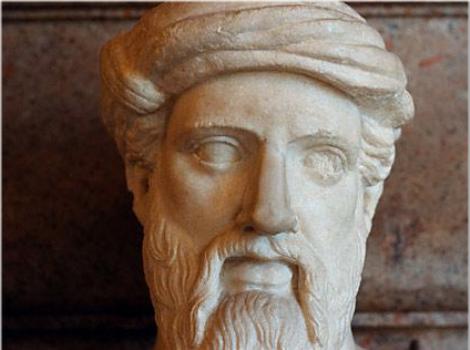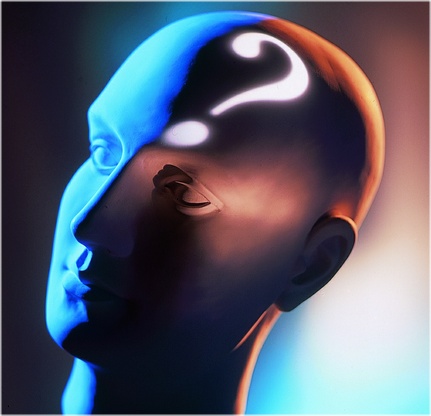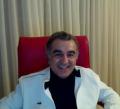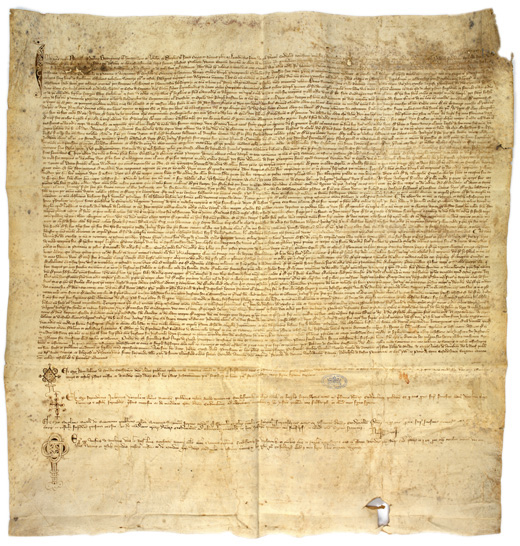Leprosy, attributable to infection with Mycobacterium leprae, was once endemic over much of the world. Though now often considered a tropical disease, cases occurred north of the Arctic Circle just 100 years ago. The disease has gradually disappeared from higher latitudes in recent centuries.
The last case of leprosy attributable to continued transmission in the British Isles had onset around 1800 (1) and in Norway the last case had onset around 1950 (2). Mycobacterium leprae was carried repeatedly across the Atlantic from both Europe and Africa in the last few hundred years, becoming endemic throughout the Americas with the exception of Chile, Canada and the northern United States (cases still occur in Louisiana and Texas). The disease is found throughout Africa and Asia.
"Education is the best provision for the journey to old age."
Aristotle
Old Age
At Paris, 18 March of 1314, on the island of the Seine in front of the Garden real, Jacques de Molay, the last Great Master of the Templars, and Geoffroy de Charny, preceptor of Normandy, were burned as heretics.
Thus finishes the history of the Knights of the Temple after two centuries. The Templars would have been in possession of the most hidden secrets of alchemy. They were first to use the IPERICO on burns and hurts from cut, like antiseptic, astringent, healing, and in order to improve humor of the soldiers that remained immobilized in bed for months.
Medieval medicine gave great importance to the planets as influences in disease. The influence of the stars began at birth and influenced complexion. The continuous flow of celestial forces could change the course of disease.
The position of the planets was important in choosing the moment in which to begin cures or carry out a bloodletting. In "Regimen against the Plague", Siegmund Albich (1347-1427) invites readers not to think about the plague because that was sure to cause its appearance.
During the Middle Ages, the prevailing popular attitude in medicine was dictated by S. Ambrogio who declared " the garnishments of the medicine are contrary to celestial science, contemplation and prayers".
Girolamo Fracastoro (also known as Hieronymus Fracastorius), was born in 1478 in Verona, at that time still part of the Republic of Venice, to a noble family. He studied at Padua University, where he graduated in 1502. At the same University, he was assigned the chair of Logic and Philosophy.
His teacher was the doctor-philosopher Pietro Pomponazzi and his study colleagues were Andrea Navagero, who became a noted historian, along with Pietro Bembo and Gaspare Contarini, both of whom became Cardinals.
Medicine was his passion but he was also a humanist and a scientist, he was interested in astronomy, mathematics, physics, botany, geology, geography, and even composition of verses. He was contemporary and friend to Nicolaus Copernico (Copernicus).
From Gods To Avicenna
Originating as divine and supernatural, Greek medicine changed and moved toward analysis and logical thinking during the period 800 B.C. to 460 C.E.
Thales (636-546 B.C.), philosopher and scientist, undertakes examination about the laws of nature and physics. He supposed that water (moisture) was the first element from which the world was formed.
Empedocles (Agrigento c.495- c.435 B.C.) philosopher and physician, who lived in Sicily, wrote “On Nature” and “On Purification“. Its system was based on the interaction of the four elements (fire, air, earth and water), called by him “rhizomata” (roots) under the influence of love and hate (attraction and repulsion). He studied circulation of the blood and atmospheric pressure, foreshadowed view of evolution. He was the founder of Italian medicine.
 Economic crisis, bank failures and plague in the Middle Ages.
Economic crisis, bank failures and plague in the Middle Ages. Plague and Vampirism in the Middle Ages
Plague and Vampirism in the Middle Ages "The Miroir Des Simples âmes" Marguerite La Porete
"The Miroir Des Simples âmes" Marguerite La Porete  Biological Weapons
Biological Weapons









